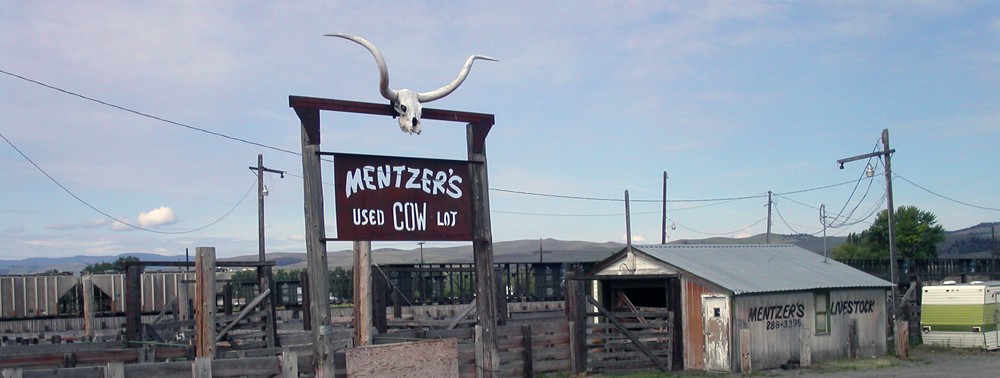I recently spent a couple of days in Silver Spring, Maryland. A filmmaker brought me back there to be interviewed for a documentary she is making about Black history in the DC suburb.
Yesterday morning I revisited Silver Spring’s “Heritage Trail” — a group of nine eight historical markers placed throughout the central business district. Researched and designed by the Silver Spring Historical Society, the markers tell a nostalgic and whitewashed version of Silver Spring’s history. That history omits Black history and it celebrates the stories of the segregationists who created dozens of residential subdivisions with racially restrictive deed covenants and who owned the downtown businesses that discriminated against Blacks.
One of the historical society’s markers is located at the corner of Georgia Avenue and Bonifant Street. Across Georgia Avenue, there is a newly opened Popeye’s Louisiana Kitchen. The restaurant opened in a storefront once occupied by a well-loved Indian restaurant.

In 2020, when local media announced the new Popeye’s location, the president of the Silver Spring Historical Society made the rounds on social media complaining about the new restaurant. He and his classist comments quickly became fodder for Twitter ridicule.
As I was photographing the marker across from the Silver Spring Popeye’s it hit me: wouldn’t it be a terrific idea if the restaurant honored the Silver Spring Historical Society’s “contributions” by introducing a new menu item? It would be made with all white meat and served on white bread with mayonnaise. They could call it The Jerry.












